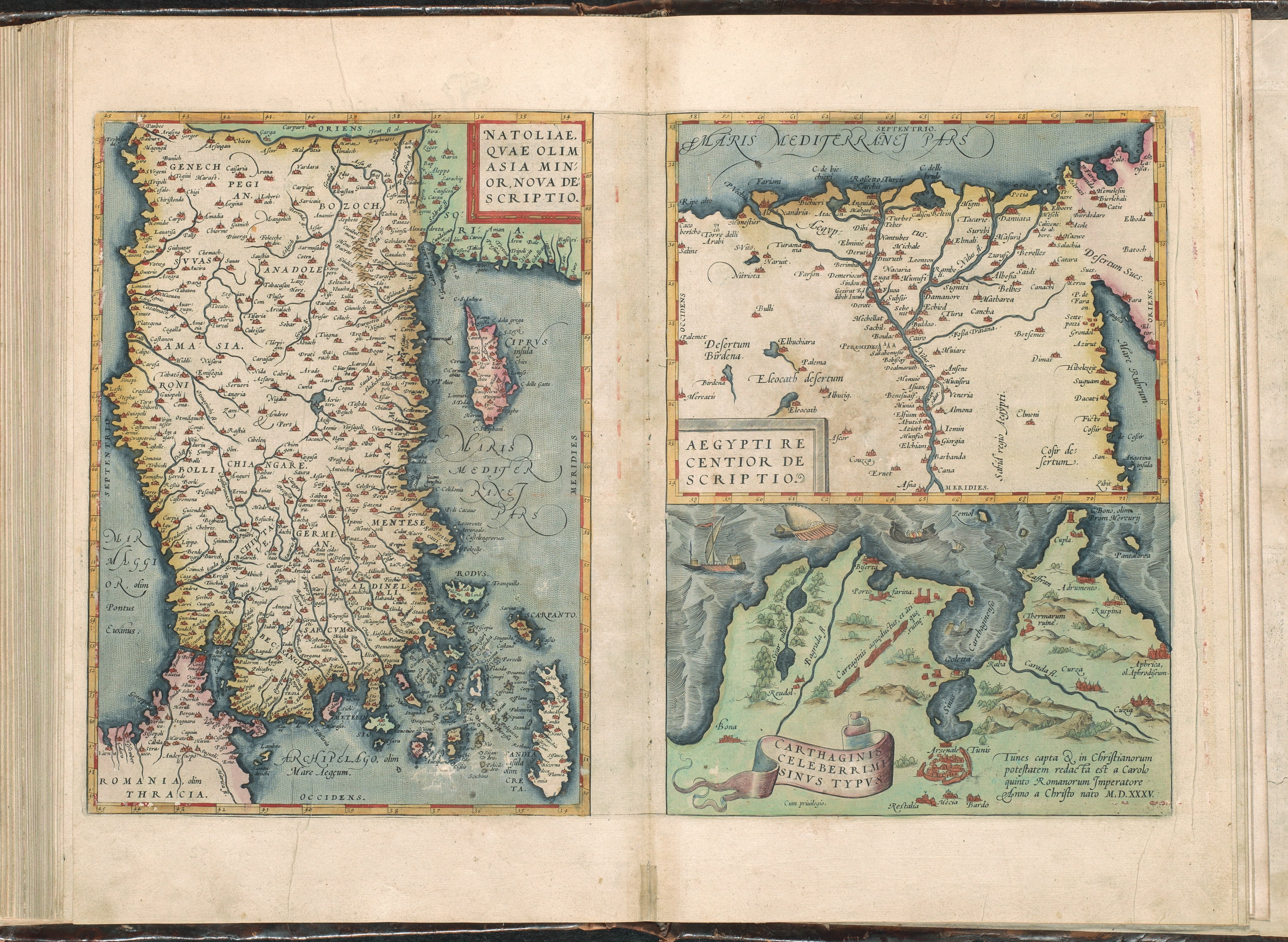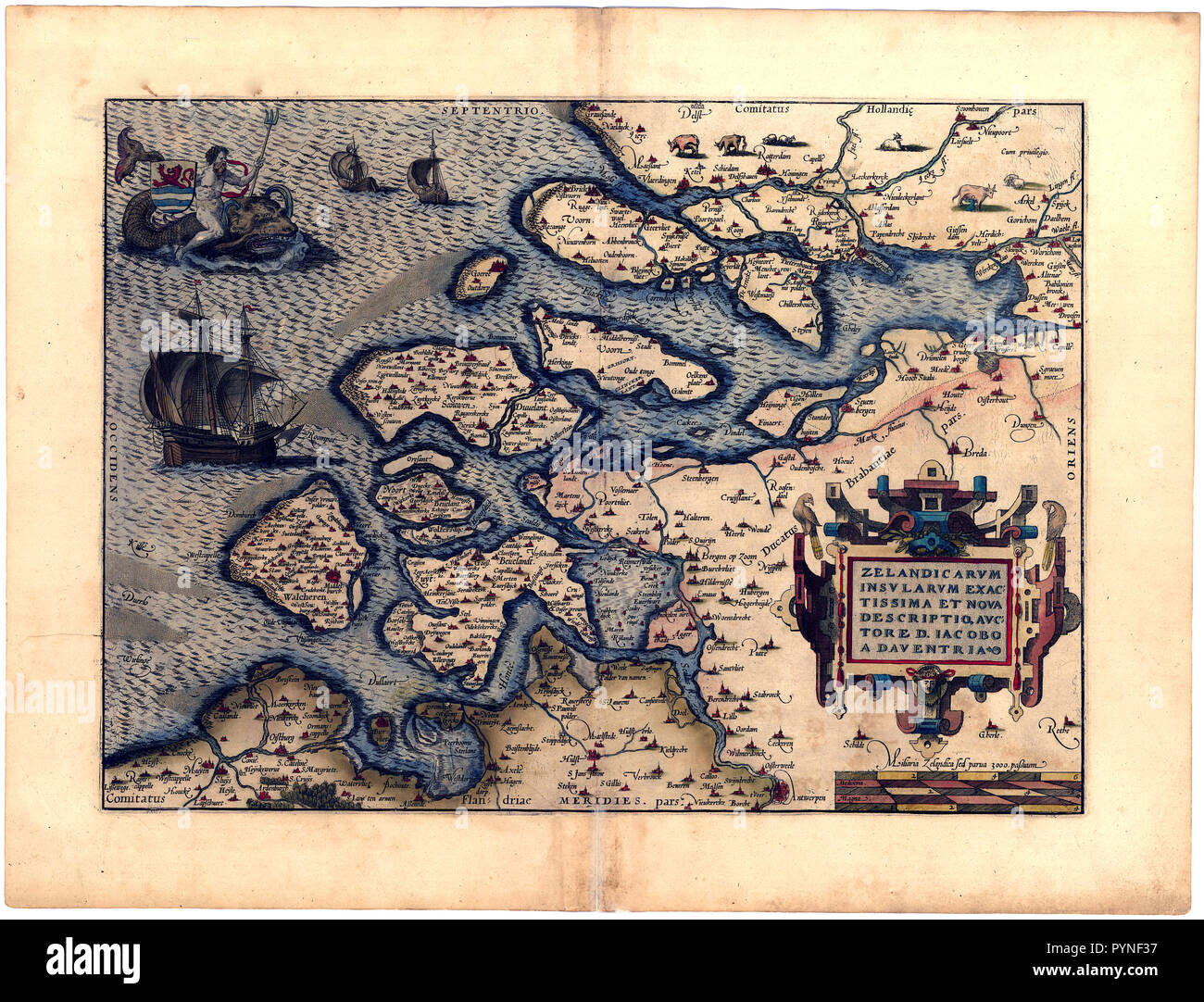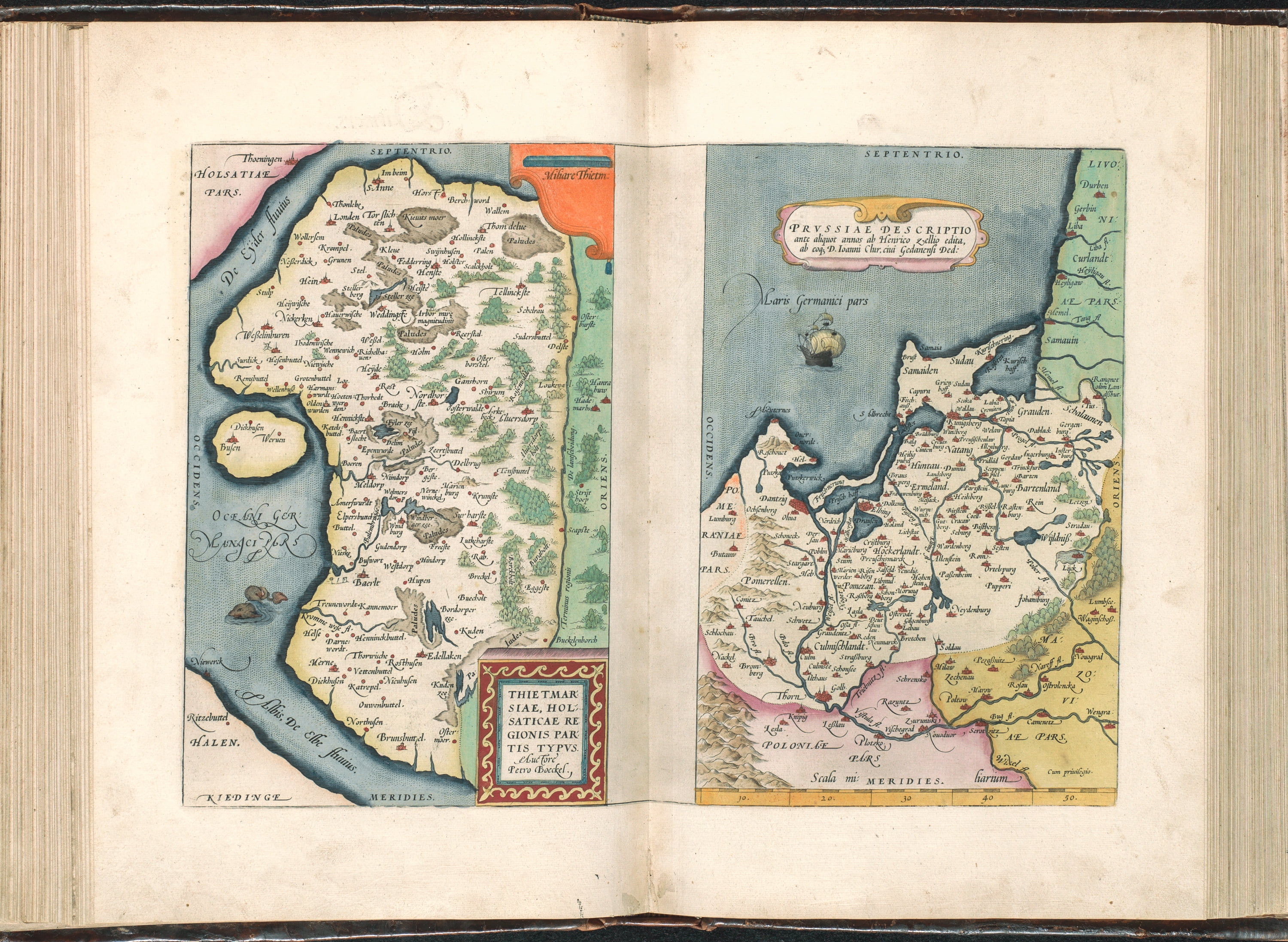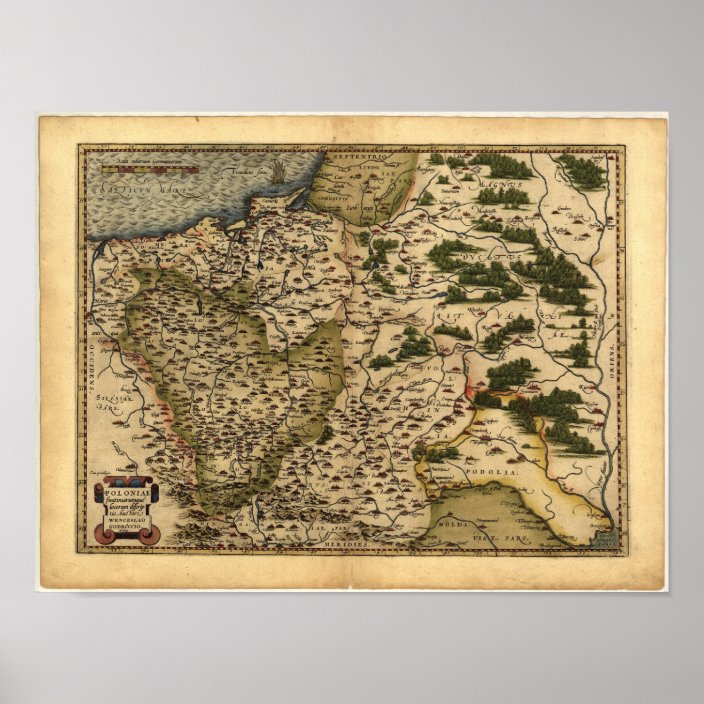

The publication of the Theatrum Orbis Terrarum (1570) is often.

Europeans wouldn't stumble across Australia until 30 years after Ortelius published his first edition, and it would take another two hundred years for James Cook to discover Antarctica. The Ortelius atlas is sometimes referred to as the summary of sixteenth-century cartography. Of course, there was a lot that western Europeans in 1570 didn't know about the shape of the world - starting with Australia and Antarctica. The 53 maps in the atlas represented everything western Europeans in 1570 knew about the shape of the world.
#ORTELIUS ATLAS PROFESSIONAL#
He also included a list of 54 more professional cartographers. So he cited the names of the 33 cartographers whose work he used - another first, in a period when rules about plagiarism would horrify most college professors today. The atlas consists of one engraved portrait of Ortelius by Philip Galle, a woodcut architectural title border, 30 engraved double-page maps and two engraved. Ortelius did almost none of the actual surveying or drawing for the maps in his book his role was to bring them all together with descriptions and references.
#ORTELIUS ATLAS FULL#
It contains one of the earliest allusions to what would later become the theory of continental drift, and it's full of the names of the leading scientists and cartographers of the late sixteenth century - people like Gerardus Mercator, whose method of representing the round globe on a flat map is still in use today. K.It was the work of cartographer Abraham Ortelius, who collected the maps, added his own notes, and had the book printed from specially-engraved copper plates. The maps in the Parergon have to be evaluated as the most outstanding engravings depicting the wide-spread interest in classical geography in the 16th century Abraham Ortelius, Flemish Abraham Ortels or Abraham Wortels, (born April 14, 1527, Antwerp Belgiumdied July 4, 1598, Antwerp), Flemish cartographer and dealer in maps, books, and antiquities, who published the first modern atlas, Theatrum orbis terrarum (1570 Theatre of the World ). For this work he did not, as in the 'Theatrum', copy other people's maps but drew the originals himself which were later engraved by Jan Wierix. Koeman mentioned about the Parergon of Ortelius: This atlas of ancient geography must be regarded as a personal work of Ortelius. In fact, for the first time it is possible to find all the available cartographic information. The atlas consists of one engraved portrait of Ortelius by Philip Galle, a woodcut architectural title border, 30 engraved double-page maps and two engraved double-page views. The Atlas, by the cartographer Abraham Ortelius, was realized in 1570, and is considered by the experts the first Atlas in history.

The present edition of 1595 is usually bound with the 1595 Latin edition of the Theatrum Orbis Terrarum. During the following years, more map were completed and the Parergon became an atlas in its own right. An important part of the Geography and Map Division holdings is its atlas collection, consisting of more than fifty-three thousand atlases.

The Parergon maps began appearing as supplements within Ortelius main work the Theatrum Orbis Terrarum in 1579 with 3 maps. Ortelius Atlas Abraham Ortelius Theatrvm orbis terrarvm. Many of his atlass maps were based upon sources that no longer exist or are extremely rare. An atlas of the ancient world by Abraham Ortelius. The Ortelius atlas is sometimes referred to as the summary of sixteenth-century cartography.


 0 kommentar(er)
0 kommentar(er)
